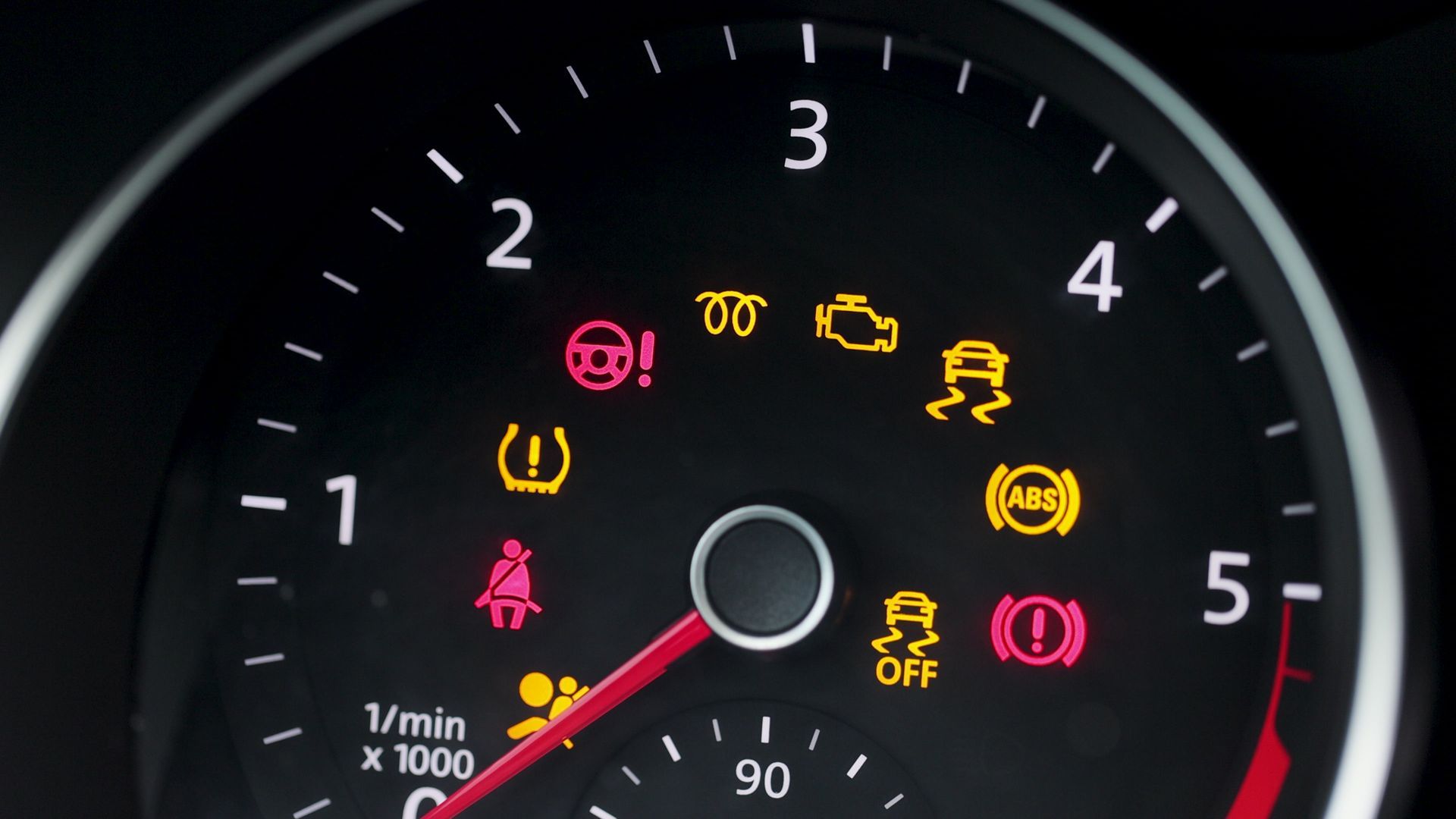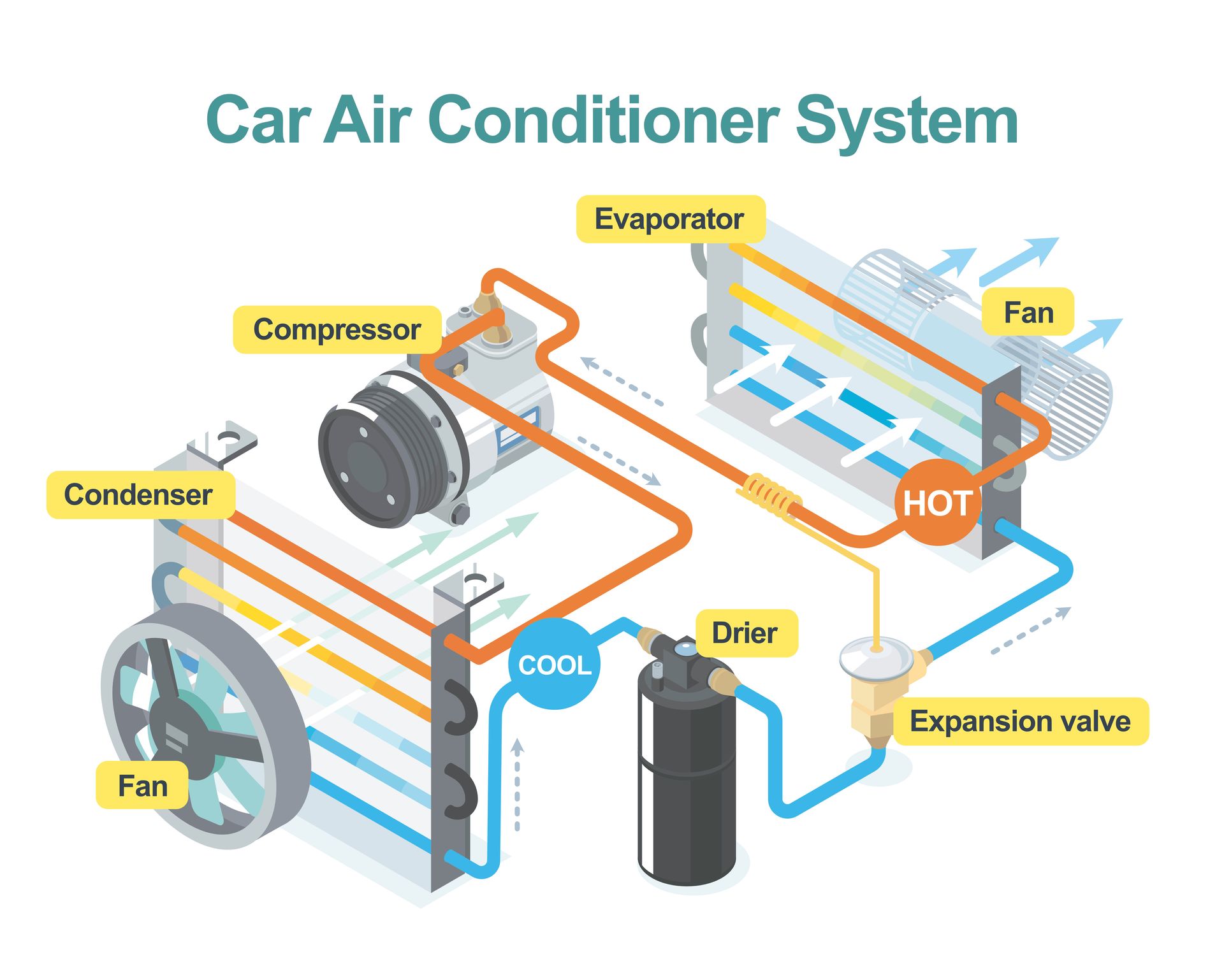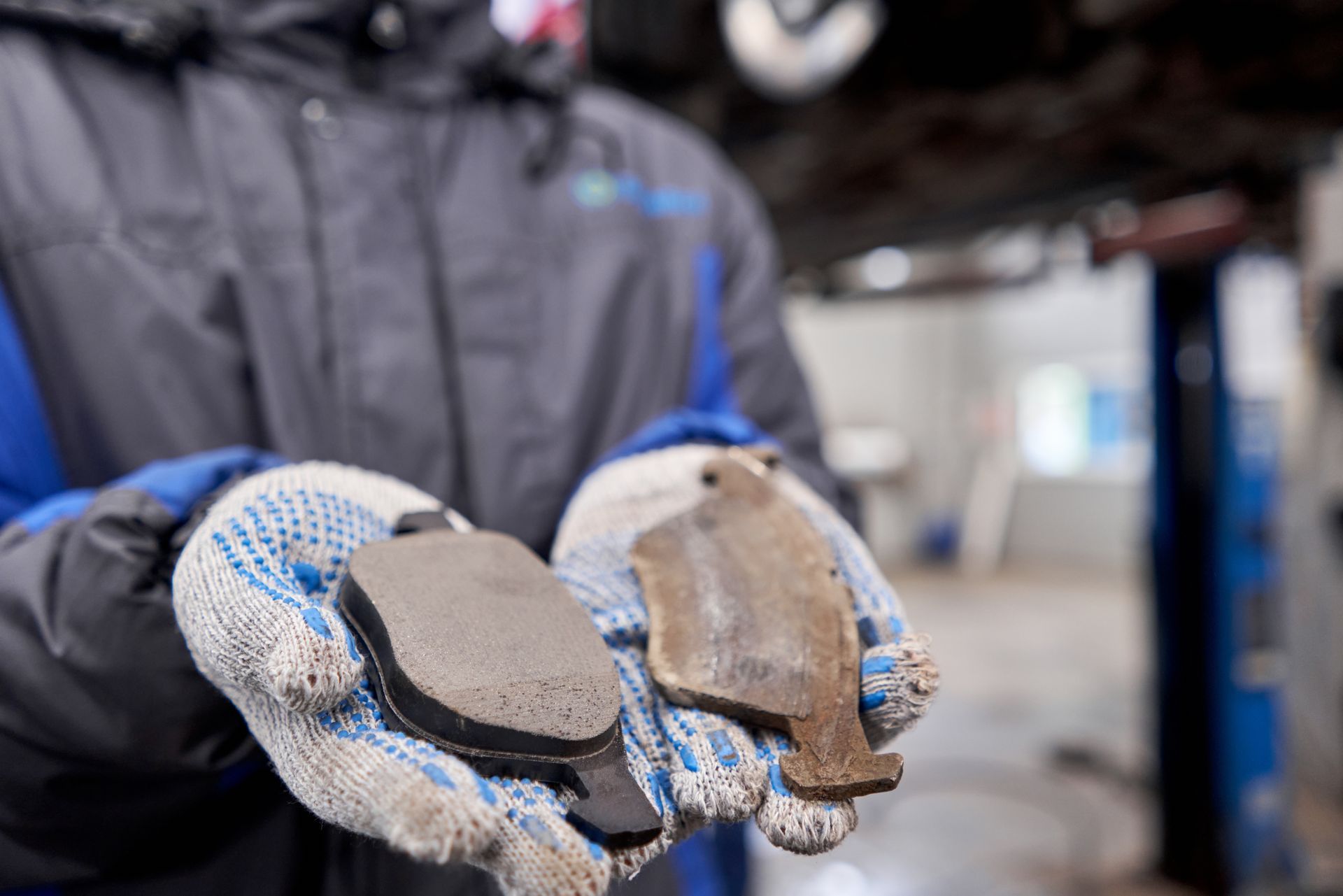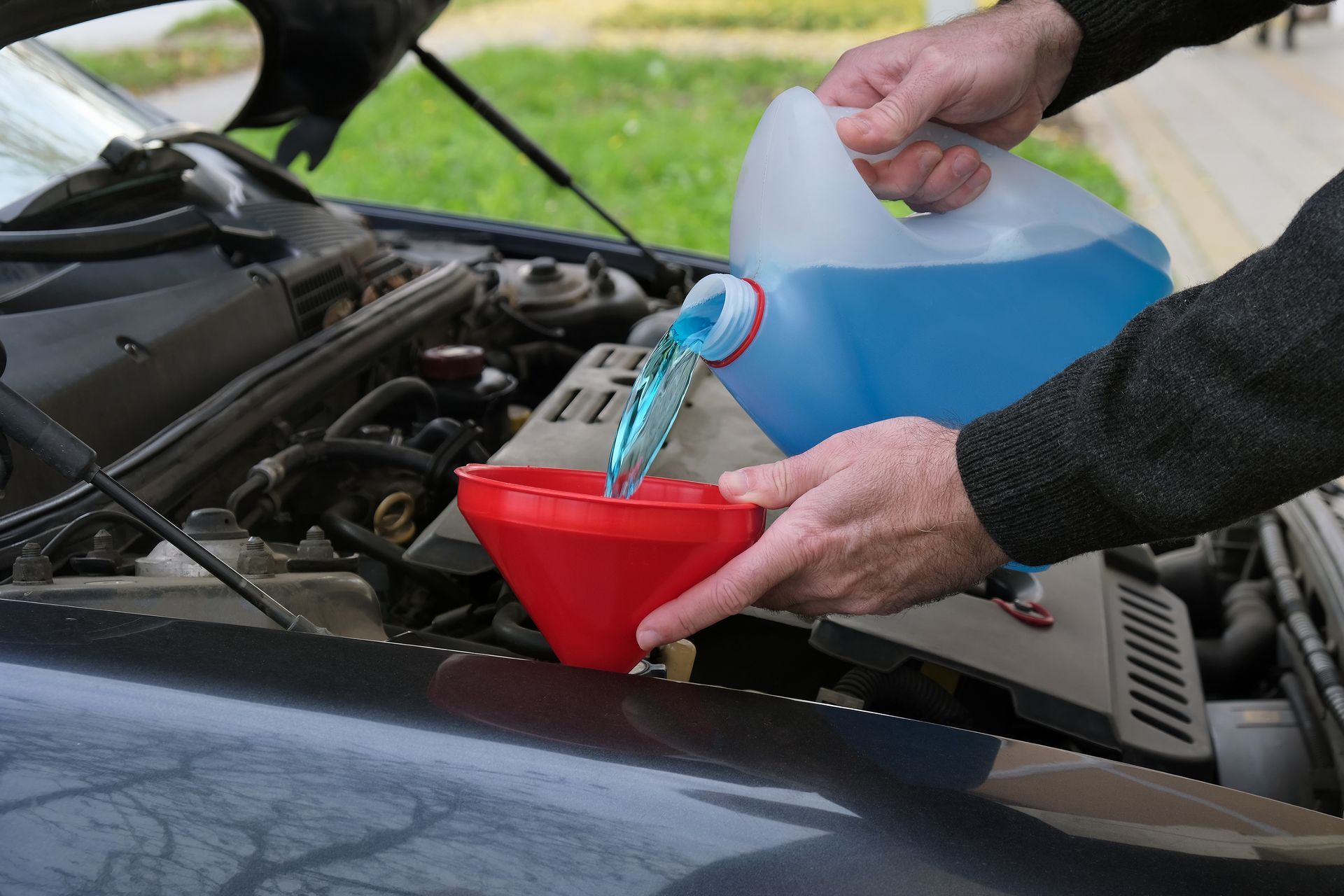Your car’s tires are more than just a way to get from point A to point B—they’re fundamental for safety, performance, and efficiency. Yet, tire maintenance often takes a backseat. One of the simplest yet most effective ways to extend your tires’ lifespan and improve your driving experience is to rotate and balance them regularly. But how often should you do it, and why does it matter?
Why Rotating and Balancing Tires Is Important
Every time you drive, your tires wear down. However, they don’t wear evenly. Front tires typically take more of the brunt due to steering and braking forces, especially in front-wheel-drive vehicles. Over time, this uneven wear can reduce your tires’ performance and lead to a bumpy ride. Rotating your tires regularly ensures that all four wear evenly, extending their lifespan and keeping you safer on the road.
Balancing, on the other hand, is about ensuring that your tires and wheels spin without causing vibrations. Even the slightest imbalance can create a noticeable wobble, which can affect your comfort and even cause premature wear to your suspension system.
How Often Should You Rotate Your Tires
Tire rotation isn’t a one-size-fits-all process, but a general rule of thumb is to rotate them every 5,000 to 7,500 miles. This interval often aligns with oil change schedules, making it a convenient addition to your regular car maintenance routine. However, the specific frequency can depend on factors like your vehicle type, driving habits, and the tires you use.
For instance, if you frequently drive in Albuquerque, NM, where weather conditions and terrain can vary, it’s wise to keep a closer eye on your tires. Hilly roads and occasional snow can add extra wear, meaning you might need rotations more frequently than the average driver.
What About Balancing
Unlike rotations, balancing is usually done as needed rather than on a fixed schedule. If you notice vibrations in the steering wheel, seat, or floorboard while driving, it’s a sign your tires may be unbalanced. This can happen after hitting a pothole, running over debris, or simply as part of normal wear and tear.
Many repair shops recommend checking your tire balance whenever you get a rotation, as they’re often done together. Regular balancing ensures a smoother ride, better fuel efficiency, and less stress on your suspension.
Signs It’s Time to Rotate or Balance Your Tires
Even if you’re sticking to a regular maintenance schedule, your car may give you clues that your tires need attention sooner. Here are some common signs:
- Uneven Tread Wear: If one part of the tire is wearing faster than the others, it’s time for a rotation.
- Vibrations While Driving: A noticeable wobble or vibration at certain speeds often points to unbalanced tires.
- Noisy Tires: Odd noises can indicate uneven wear or imbalance.
- Poor Handling: If your car feels less stable or responsive, it could be due to uneven tire wear.
Addressing these issues early can prevent more significant problems and keep your car running safely.
Benefits of Regular Tire Maintenance
The benefits of rotating and balancing your tires go beyond just saving money on replacements. It also improves your vehicle’s handling, enhances fuel efficiency, and ensures a safer driving experience. In addition, regular maintenance allows professionals to inspect your tires for other potential issues, such as sidewall damage or punctures before they become serious.
Why Professional Service Matters
While tire rotation and balancing might seem straightforward, they require the right tools and expertise to do correctly. A professional repair shop can ensure that the job is done accurately, taking into account your vehicle’s specific needs. Plus, we’ll can check other components, like your alignment and suspension, during the process, ensuring everything works together as it should.
Tired of bumpy rides and uneven tire wear? Stop by
Forthright Auto Repair in Albuquerque, NM, for professional tire care that keeps you safe and your car efficient. Book your visit today!










